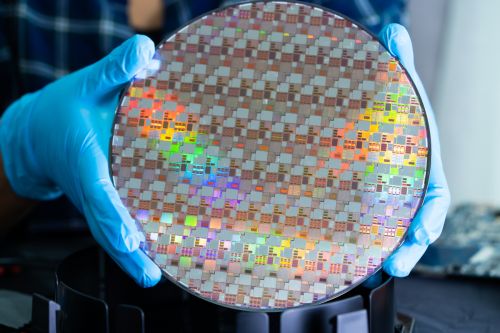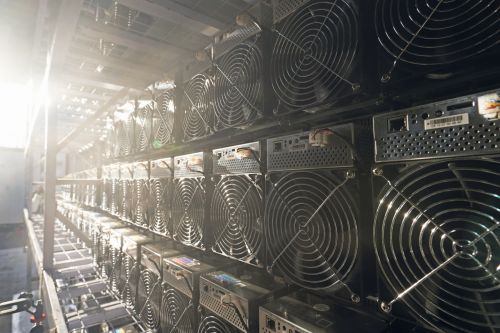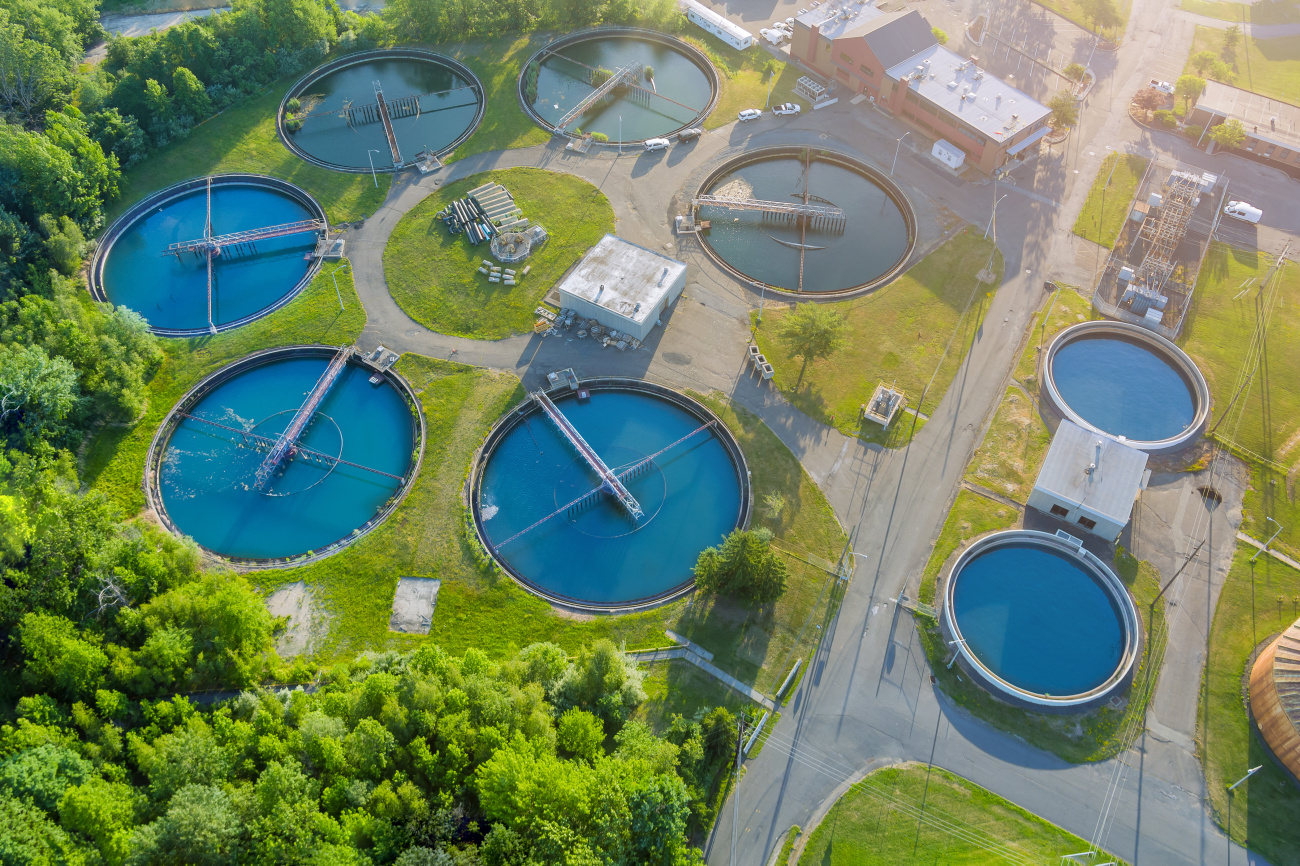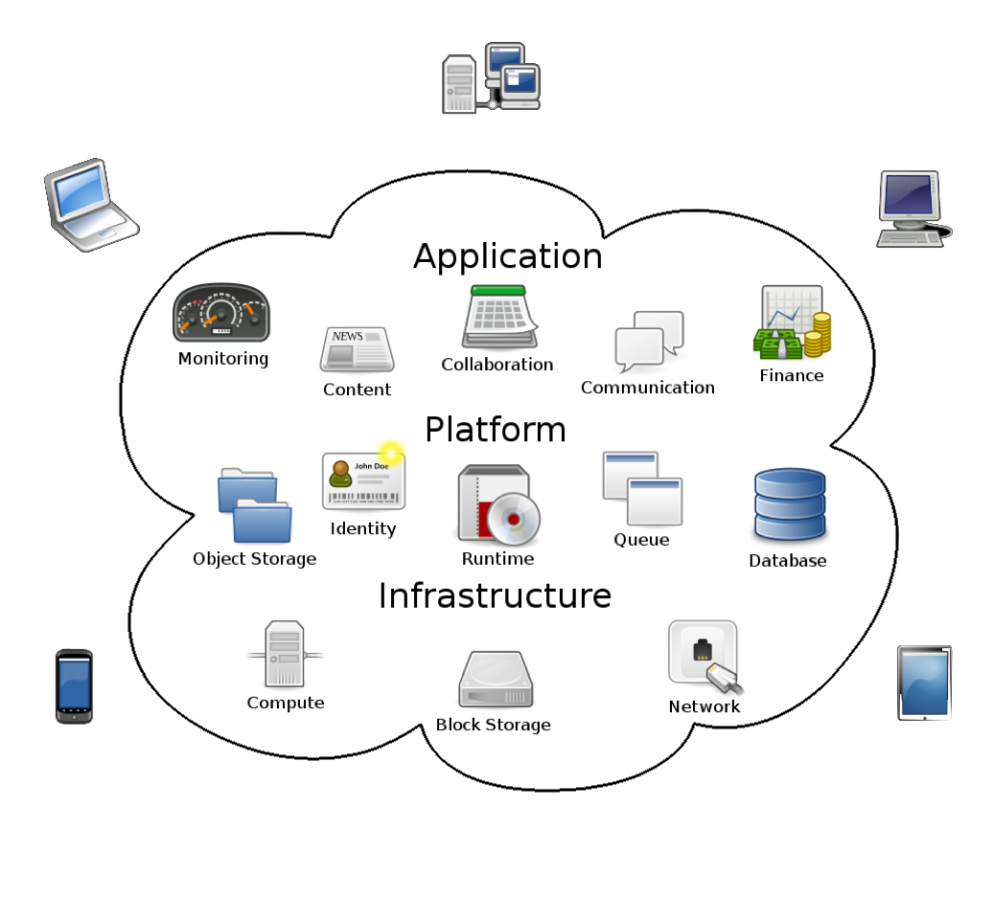Nature is wasteful, but it is slowly dawning on humanity that the earth's resources are limited. Unfortunately, politicians cannot be trusted to take action to save the world and its peoples. Enormous arms production and armies being deployed or deployed are proof enough that when solar panels are called for, it is not meant seriously.
While in Germanic Europe Thor - also known under the pseudonym 'Donar' - lavishly hurls his hammer Mjölnir (Old Norse: Mjǫllnir) around the area and draws decorative lightning bolts through the dark clouds, in North America it is probably the thunderbird (Thunderbird - 'Animkiig' in Ojibwe) that causes the thunderstorm with its flapping wings. In China, it is more likely to be the dragon, which does not abduct virgins, but brings rain. In the electronics industry, there are probably two aspects that need to be considered with regard to the waste of resources and energy. One is production and the other is use. Both have advantages and disadvantages in terms of humanity and its natural and artificial wealth. What kind of backfish would go on a protest march without a cell phone instead of skipping school? You might realize how little thought has gone into this attitude if you look up the environmental impact of the microchip alone. If you leave aside the rare minerals and metals as well as the other components, the circuit board and the housing and concentrate on the heart of the device, then it quickly becomes clear how complex its production is, and it can only make you wonder how countries court such companies. The extraction of silicon wafers from quartz alone consumes 160 times the energy required for typical silicon. Purifying the materials to semiconductor quality is also exceptionally energy-intensive. As an example, let's look at one of the more efficient manufacturers: Intel's 700-hectare campus in Ocotillo, Arizona. In the first three months of the year (2021), 927 million gallons of fresh water (approx. 3,510,000,000 liters) and 561 million kWh of energy were used to produce chips. And the site will be expanded: when the new factories are fully operational in 2024, they will produce Intel's most advanced process technologies and require even more energy and water. But that's not all, because at the end of 2021, Ocotillo was not the only production site. Worldwide, 153 semiconductor factories produced the 300 mm wafers for ICs. Of these, 42 were in Taiwan, 33 in China, 19 in the USA and twelve in Europe and the Middle East. Korea also plays an important role, as its share of semiconductors is over 18% and even higher for storage media: almost 60% worldwide. The fact that the construction of 23 new factories began last year shows that money and influence can obviously be made. This will be followed by a further 33 and then 28 will start construction the following year. Money, electricity, water and labor don't seem to matter when you realize that more than $500 billion will be spent on 84 such new volume factories between 2021 and 2023. Where will the water and electricity come from then? Perhaps if we take cold showers, as has been suggested by leading politicians? This is quite logical if you compare the water consumption per capita per day in Germany, which is around 127 liters, with that of the factories. Even a city with 120,000 inhabitants, which requires 15,250 m³ (15,250,000 l) of water per day, pales in comparison to the IC factories. If you turn your attention from production to use, you notice the telephones in people's ears. One of them consumes very little power. When charging, it requires around 2-6 W. If a charger is connected without the phone, it is only 0.1-0.5 W. So it's not an environmental disaster, unless you consider that several hundred million devices are being used at the same time. But Greta and her fellow campaigners don't just have to worry about their cell phones, because ICs and electronics are widespread and criticism would probably be justified. In addition to satellite technology and increasing use in industry for automation and so-called artificial intelligence, they are also used in weapons systems that can be used to murder or cripple your dear neighbor. Bitcoin mining[2] is now coming into the limelight, with which people want to get rich - or lose a lot of money. Bitcoin consumes an estimated 127 TWh per year. That's impressive, because even cool Norway as a country consumes less. For the environmentalists, it should be added thatCO2 is also produced, and not a little: cryptocurrency activities in the United States alone emit 25-50 million tons of the gas every year. Then there are data centers and networks that are used for other purposes. It is estimated that their global electricity consumption will be around 240-340 TWh in 2022. Back in 2012, analysts from the New York Times calculated that cloud computing[3] consumes 30 billion W of electricity per year. More and more industries are switching from their own centers to these 'clouds' and so more nuclear power plants will have to be built, because the 30 billion watts absorb the entire output of 30 nuclear power plants.
Depending on the system used, some require more power than others. However, such a center uses most of the energy for its servers and cooling systems, because the ICs are very sensitive to overheating, and the finer the structures, the more critical the temperature at which they run efficiently. Perhaps this is one of the reasons why researchers are now pushing ahead with the development and use of optical ICs[4], at least for these centers, even if not currently for laptops or 'cell phones', as they generate far less heat and therefore place lower demands on cooling systems and therefore energy.
References
[1] Probably first used in Schiller's drama: 'The Conspiracy of Fiesco of Genoa' (1783).
[2] https://de.wikipedia.org/wiki/Bitcoin (retrieved: 17.7.2024).
[3] https://de.wikipedia.org/wiki/Cloud_Computing (Retrieved: 17.7.2024).
[4] https://de.wikipedia.org/wiki/Integrierte_Optik (Retrieved: 17.7.2024).
Literature
https://de.wikipedia.org/wiki/Thor (accessed: 18.7.2024).
Eric D. Williams et al; The 1.7 Kilogram Microchip: Energy and Material Use in the Production of Semiconductor Devices.
August Rick et al; Invisible Emissions - A forecast of tech supply chain emissions and electricity consumption by 2030; Greenpeace East Asia.
Pádraig Belton; The computer chip industry has a dirty climate secret; The Guardian; Sep 2021.
Linda Qian; Intel breaks ground on two new semiconductor factories; CHANDLER, AZ; Sept. 24, 2021.
Stephen Rothrock and Jean-Christophe Eloy; The 2023 global fab landscape: opportunities and obstacles; Yole Group; November 10, 2022.
https://en.wikipedia.org/wiki/List_of_semiconductor_fabrication_plants (Retrieved: July 18, 2024).
https://www.investkorea.org/ik-en/cntnts/i-312/web.do (accessed: 17.7.2024).
Andrew W. Poon et al; Integrated Photonics Research in China; Optic & Photonics News; September 2011.






